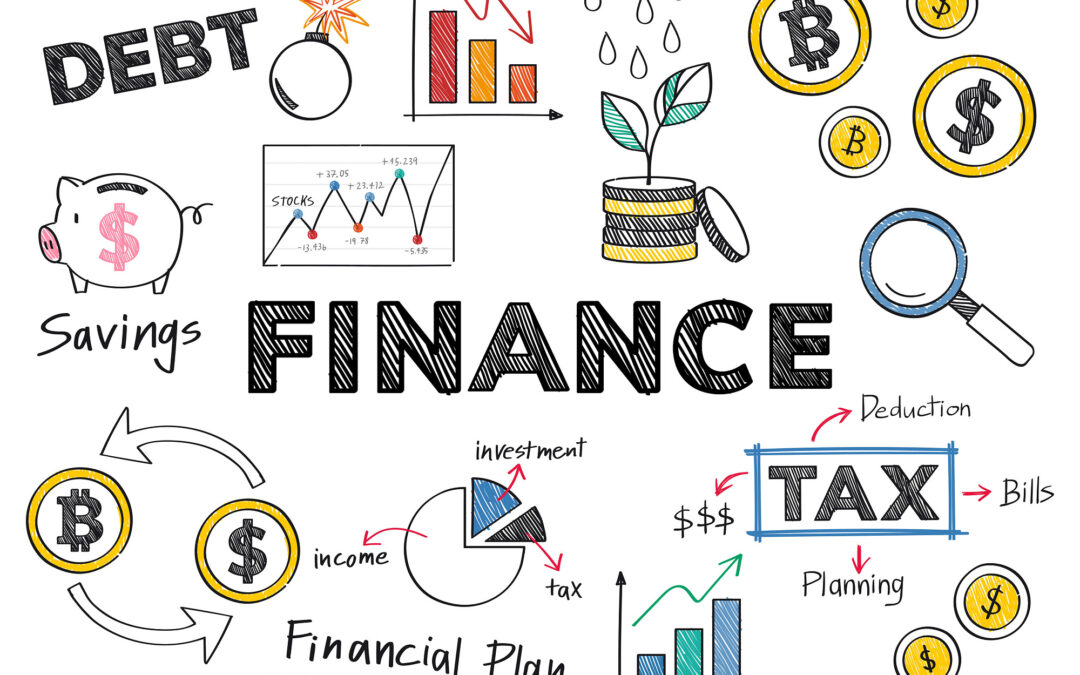What’s the low-down on Financial Literacy?
Have you ever found yourself staying up late at night, wondering if you’ve made the right financial decisions? Have you ever felt anxious while meeting with a tax accountant, concerned about what financial information you need to provide? As accounting professionals, we recognize financial literacy as a crucial ability that every business owner must possess. Our responsibility is to aid individuals and businesses in comprehending and efficiently managing their finances. In this blog post, we’ll discuss what financial literacy means from an accountant’s perspective and why it’s so important.
Financial literacy is the ability to make informed decisions relating to money management and financial planning. In other words, it’s the ability to use your money in a way that will help you achieve your goals and objectives.
Financial literacy can be defined as “the knowledge and skills needed to make sound financial decisions.”
Financial literacy is the ability to understand, use and manage money. Financial literacy encompasses a variety of financial skills, including budgeting, saving, and investing. It also means comprehending certain financial principles and concepts such as risk tolerance, diversification, and inflation.
Financial literacy is one of the foundations upon which Americans’ personal financial security rests; without it we would be unable to make informed decisions about our finances that allow us to live well now while planning for our futures.
In order to be financially literate, you need to understand how much money you earn, how much you spend (and on what), and how much debt you have.
In order to be financially literate, you need to understand how much money you earn, how much you spend (and on what), and how much debt you have.
- Income: Your income is the amount of money that comes in each month from your business or other sources such as investments.
- Expenses: Expenses are things like marketing, payroll, and rent costs that are not part of your basic needs but may be important to maintaining a certain level of business. They also include costs associated with paying off any debts that aren’t credit cards.
- Debt: Debt includes all loans–such as mortgages and business loans–as well as any money borrowed against an asset.
The best way to start improving your financial situation is by creating a budget. Once you know where your money is going, it’s easier to identify areas where you can cut back on spending.
The best way to start improving your financial situation is by creating a budget. Once you know where your money is going, it’s easier to identify areas where you can cut back on spending.
To create a budget, first, write down all of the income that comes into your business each month (including wages and any other sources of income), then list out all of the expenses associated with that income. After tallying up everything in those two columns, subtract the expenses from the income to see how much free cash flow remains for discretionary spending or savings goals like an emergency fund or paying off debt.
In order to be financially literate, it’s important that you have a basic understanding of how money works. You should know how much money you make and spend each month, as well as how much debt is owed by both individuals and businesses. The best way to start improving your financial situation is by creating a budget: once you know where your money is going (and why), it’s easier to identify areas where cuts can be made or savings accrued. Do you feel satisfied with your current level of understanding regarding the financial aspects of your business? If not, we’re here to talk.

